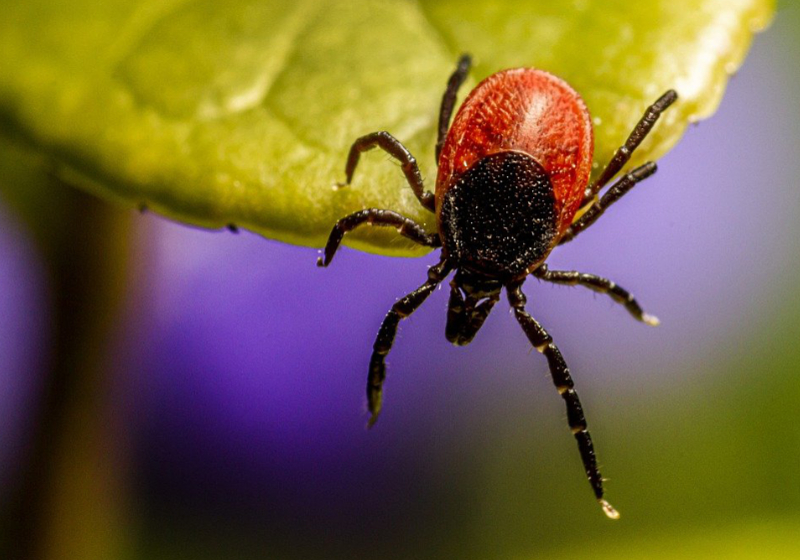The state has earmarked $290 million for homeless services this year but advocates are asking for an additional $100 million for emergency housing, assistance and prevention programs.

Photo: Jon Tyson/Unsplash
 by Judith Ruiz-Branch
by Judith Ruiz-BranchIllinois News Connection
One in four Black residents is living in poverty in Illinois and one in seven is in deep poverty.
Chama St. Louis, director of organizing and network expansion at the National Black Worker Center, experienced homelessness in the winter of 2011. Even though she was working full-time, she said she could not afford to pay for housing and basic needs for her and her family. "I felt like I was doing everything right," St. Louis recounted. "You can do everything right and still end up in a place where you don't have a home, because the system is failing us." One in four Black residents is living in poverty in Illinois and one in seven is in deep poverty. St. Louis argued the Trump administration's dismantling of DEI efforts will only further compound matters. The state has increased investment in programs such as Home Illinois to address the significant rise in homelessness. St. Louis pointed out even though she registered her and her family as homeless, many programs required her to travel based on the availability at shelters on any given day. "When we had no gas, then we were sleeping in Walmart parking lots," St. Louis explained. "And on days it was really cold, I would take the kids inside of Walmart and make pallets for them at the bottom of a cart and push them around Walmart for seven hours until the sun came up." St. Louis added she is now dedicated to helping others who experience homelessness. Along with advocating for improved conditions and wages for Black workers, she stressed she tries to humanize the crisis. "Outside of the real work that we have to do around policy and making sure that people from a systemic standpoint are being treated fairly, we still have to make sure that we are human beings who care about one another and want to see each other do well," St. Louis emphasized. The state has earmarked $290 million for homeless services this year but advocates are asking for an additional $100 million for emergency housing, assistance and prevention programs.
Other interesting articles:
- Which one is right for your pain? Choosing between ibuprofen and acetaminophen
- Vaccination is key to ending a resurgence of measles and stopping a preventable disease from spreading
- Illinois lawmakers seek full decriminalization of sex work
- Illinois farmers await proposed Trump tariffs, questioning how they will affect their agribusiness operations




























